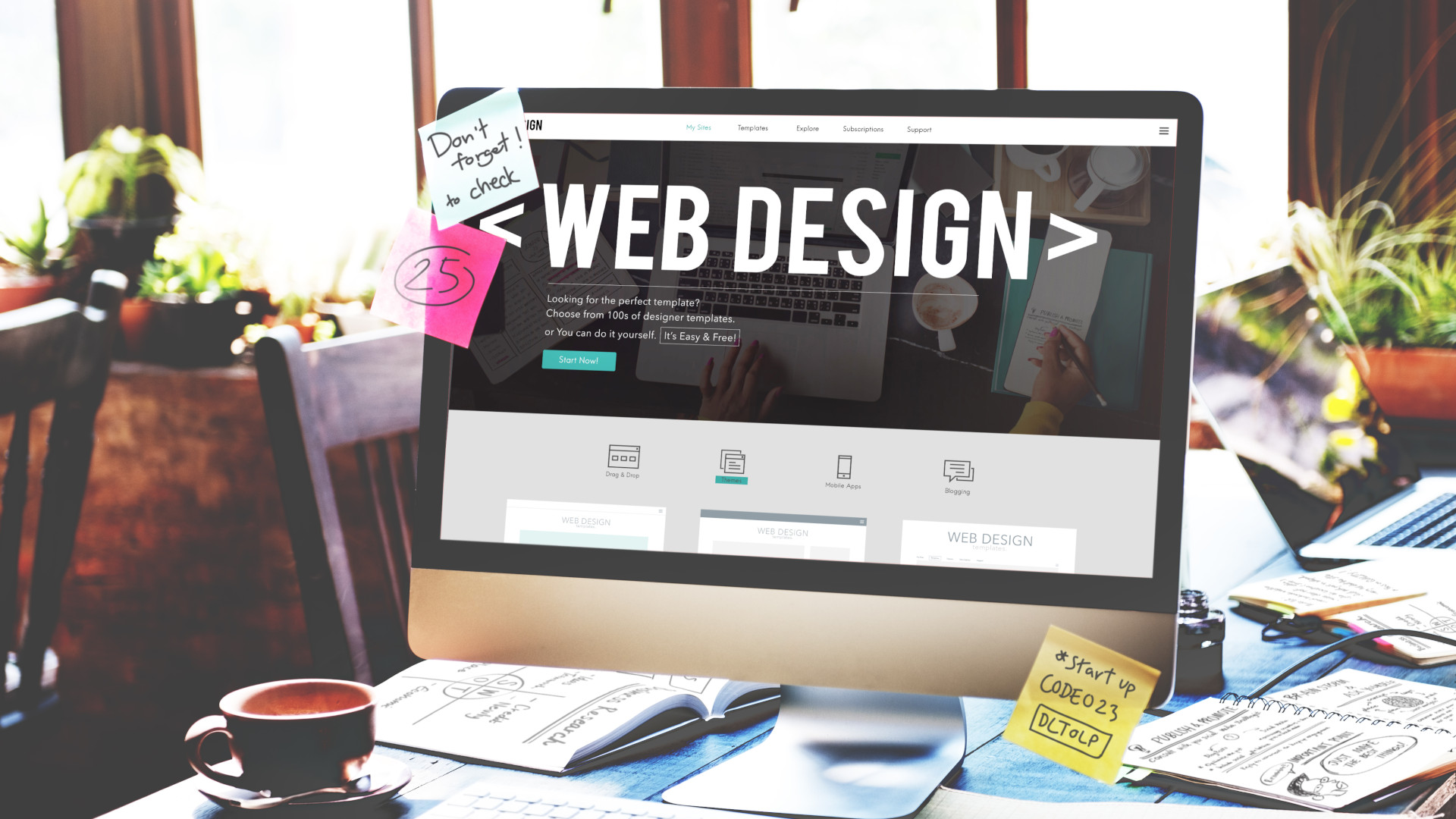Boost Your Brand Name With Spectacular and User-Friendly Web Site Design
In today's digital landscape, a well-crafted site serves as the cornerstone of a successful brand name method. By integrating aesthetic appeal with user-friendly navigating, services can boost individual experience and foster enduring connections. As we check out the important components of efficient web site design, it becomes clear that the stakes are higher than ever before.
Relevance of Site Design
Internet site layout is vital in today's electronic landscape, where approximately 75% of individuals judge a firm's credibility based on its web site aesthetics. A well-designed website not only captures interest yet likewise fosters trust fund and motivates user interaction. In an era where on the internet interactions are paramount, companies can not manage to forget the impact of style on customer understanding and behavior.
Reliable website style acts as the foundation for a brand's online existence, influencing user experience and retention rates. An aesthetically attractive and functional site can distinguish a brand from its competitors, enhancing its market placement. An attentively made website can streamline navigation and improve the accessibility of info, which is essential for keeping visitors and reducing bounce rates.
In addition, the importance of web site design extends past aesthetic appeals; it encompasses the integration of receptive layout principles that satisfy numerous tools. As mobile usage proceeds to climb, making certain that a web site works flawlessly throughout all platforms is vital for getting to a wider target market. To conclude, prioritizing website layout is not just an issue of visual allure; it is a critical crucial that directly affects a business's success in the digital world.
Crucial Element of User-Friendly Style

Receptive designs ensure that the web site operates seamlessly across different devices, from desktops to smart devices. This versatility is important in today's digital landscape, where individuals access internet sites with several platforms.
Furthermore, clear phone call to activity guide individuals towards wanted outcomes, whether that be making an acquisition, signing up for an e-newsletter, or speaking to the organization. These prompts should be prominently presented and easily recognizable, utilizing contrasting colors and compelling language.
Moreover, availability functions, such as alt message for pictures and key-board navigating alternatives, are important in making the website usable for people with disabilities. By including these essential components, businesses can develop an user-friendly web site that not just improves site visitor contentment yet additionally urges engagement and conversions.
Aesthetic Charm and Branding
Aesthetic appeal plays a vital function in developing a brand's identity and fostering a link with users. A well-designed website reflects the core worths and individuality of a brand, producing an immediate impact that can influence individual understanding and engagement. Visual aspects such as shade schemes, typography, and images interact to interact the essence of a brand, making Get More Info it memorable and well-known.
Regular aesthetic options across all systems reinforce brand identity and add to a cohesive experience for customers. For instance, a luxury brand might go with a minimalist style with muted shades and classy typefaces, while a dynamic start-up may welcome strong colors and playful graphics. These choices not only communicate the brand name's message but additionally stimulate specific feelings and organizations that reverberate with target market.
Additionally, aesthetic appeal can differentiate a brand name in a saturated market. An aesthetically striking site can stand out and invite exploration, setting a brand in addition to rivals. Ultimately, the combination of visual allure within site layout is vital for developing brand name commitment and count on, as it acts as a structure for a strong, lasting relationship in between the brand name and its target market.

Enhancing User Experience
A well-crafted layout not just records focus yet also considerably enhances customer experience, making sure site visitors can navigate a site with ease and fulfillment. Crucial element such as intuitive navigation, receptive layouts, and clear contact us to activity are essential in guiding users with the internet site seamlessly. When users can find information swiftly and easily, their overall satisfaction rises, cultivating a positive relationship with the brand name.
Moreover, incorporating visual power structure aids to guide customers' focus to the most important material, making it easier for them to recognize read the website's offerings. Consistent usage of colors, fonts, and imagery enhances brand identity while developing a natural experience that reverberates with visitors.
Additionally, enhancing load times is essential; slow websites can lead to you can look here disappointment and higher bounce rates. Prioritizing mobile-friendliness ensures that customers accessing the site from numerous gadgets have a consistent experience, even more boosting functionality.
Gauging Success and Influence
Success in website design can usually be assessed with different metrics that reveal the effect of customer experience on visitor behavior. Key performance indicators (KPIs) such as bounce rate, typical session period, and conversion price supply valuable understandings into exactly how properly a site engages its individuals. Website Design. A high bounce price might indicate that visitors are not finding what they expect, signifying the demand for layout renovations or material improvement
Furthermore, tracking individual communications with devices like heatmaps and session recordings can highlight exactly how site visitors navigate the site, highlighting areas that call for optimization. If individuals consistently overlook a call-to-action button, it might require rearranging or redesigning for much better exposure.
In addition, gathering customer comments through surveys or functionality screening can assist recognize pain factors in the customer journey. This qualitative information complements quantitative metrics, providing an alternative sight of site performance.
Inevitably, determining success and effect in website design includes a combination of logical tools and user insights. By continuously assessing these metrics, services can make informed decisions that enhance individual experience and foster brand loyalty.
Conclusion
In conclusion, effective website design offers as an essential element for brand name elevation in a competitive electronic landscape. Ultimately, a well-executed internet site design not only distinguishes a brand name but likewise dramatically impacts its on-line visibility and success.